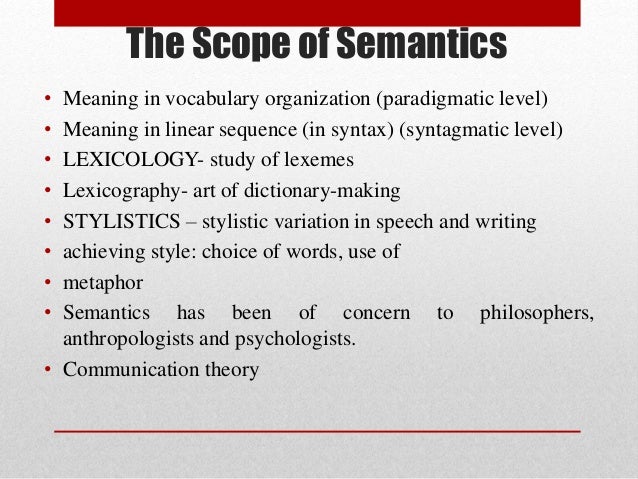

Leaders are asked about their least-preferred coworker (LPC), the person with whom they least like to work. According to Fiedler, organizations attempting to achieve group effectiveness through leadership must assess the leader according to an underlying trait, assess the situation faced by the leader, and construct a proper match between the two. 72 This theory is known as the contingency theory of leadership. Fiedler from the University of Washington. One of the earliest, best-known, and most controversial situation-contingent leadership theories was set forth by Fred E. Victor Vroom, Phillip Yetton, and Arthur Jago’s decision tree model also applies. 71 We explore two of the better-known situational theories of leadership, Fred Fiedler’s contingency model and Robert J. These are Fiedler’s contingency theory of leadership, the path-goal theory of leader effectiveness, Hersey and Blanchard’s life cycle theory, cognitive resource theory, the decision tree, and the decision process theory. Several theories have been advanced to address this issue. Contradictory findings such as this lead researchers to ask “Under what conditions are the results positive in nature?” and “When and why are they negative at other times?” Obviously, situational differences and key contingencies are at work. That is, there are times when initiating structure results in performance increases and follower satisfaction, and there are times when the results are just the opposite.

This version of the article has been accepted for publication, after peer review (when applicable) and is subject to Springer Nature’s AM terms of use, but is not the Version of Record and does not reflect post-acceptance improvements, or any corrections.

> School of Science and Technology > Computer Science Communications in Computer and Information Science, vol 1646.
#Situational contexts software
(eds) Systems, Software and Services Process Improvement. In: Yilmaz, M., Clarke, P., Messnarz, R., Wöran, B. Requirements Volatility in Multicultural Situational Contexts. Siakas, E., Rahanu, H., Georgiadou, E., Siakas, K.


 0 kommentar(er)
0 kommentar(er)
